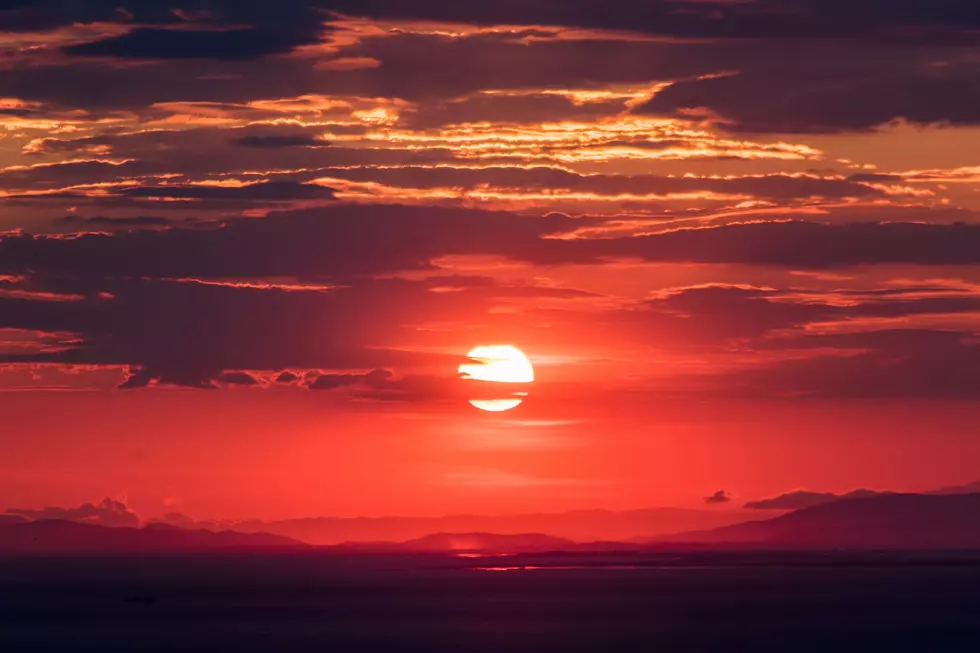
Saharan Dust Cloud Is Back, Descends on Texas and Arkansas
Remember the Saharan dust that fell upon the Ark-La-Tex a couple of months ago? It's back and may make it a little rough for those with respiratory issues.
The good news is our sunsets and sunrises should look fantastic for the next several days, the bad news is, it's because of the Saharan dust in our upper atmosphere settling here in East Texas and Southwest Arkansas.
KSLA Meteorologist Jeff Castle said on his Facebook Page the other day:
We could be in for some vivid sunrises/sunsets, but if you have respiratory illness you may want to limit time outside.
Houston TV Station KHOU 11 Meteorologist Pat Cavlin put up a very good explanation of how the Saharan dust cloud gets kicked up into the upper atmosphere and makes the 6000 to 7000-mile journey to our part of the world.
There are some good things other than the pretty sunrise and sunsets to come out of it though, minerals and tropical suppression.
- The minerals that are brought with the Saharan dust cloud are actually good to help replenish those used up in our soil.
- Tropical Depression suppression, as Weatherman Pat says in the video below, it puts a layer of dry air that's not normally there in the upper atmosphere and it keeps the moisture from developing into high cloud formations. If they can't form, then neither can hurricanes.
Hopefully, it won't last too long, but the benefits are pretty good overall. Just be aware if you have respiratory issues.
To see the KHOU11 video, click here.
LOOK: The most extreme temperatures in the history of every state
LOOK: The most expensive weather and climate disasters in recent decades

More From Eagle 106.3









